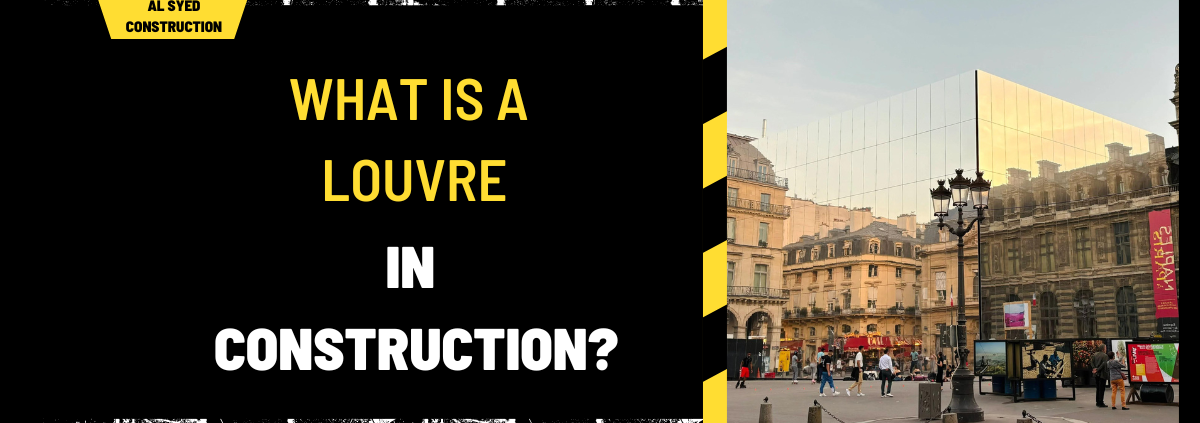What is a Louvre in Construction?
Table of Contents
Introduction to Louvres in Architectural Design
Louvres are an integral architectural element, often utilized in construction to provide ventilation while protecting against light and water ingress. This article delves deeply into the function, design, and application of louvres in modern construction, highlighting their importance in creating energy-efficient and aesthetically pleasing buildings.
Defining Louvres in Construction
Louvres consist of an arrangement of horizontal blades, slats, or fins made from various materials such as metal, wood, or glass. They are designed to regulate environmental elements—air and light—while maintaining protection against weather elements like rain and debris. The adjustability of the louvre blades can be fixed or operable, allowing for customizable control over the interior environment.
Key Functions of Louvres
Ventilation
Louvres serve as critical components in promoting natural ventilation in buildings. By allowing air to flow in and out, they help in reducing the reliance on artificial air conditioning systems, thus enhancing energy efficiency and lowering energy costs.
Light Control
By adjusting the angle of the louvre blades, building occupants can control the amount of natural light entering the space. This capability is crucial for reducing glare and managing solar heat gain, which can significantly impact the comfort levels and energy consumption of a building.
Weather Protection
Louvres are designed to provide protection against the weather. Their structure helps to prevent water from entering the building during rainy conditions, all while permitting air flow. This characteristic is particularly beneficial in tropical or variable climates where weather patterns fluctuate significantly.
Materials Used in Louvre Construction
Aluminum Louvres
Aluminum is a popular choice for louvre blades due to its durability, lightweight nature, and resistance to corrosion. Aluminum louvres can be easily customized through painting or anodizing, allowing them to fit various architectural aesthetics.
Wooden Louvres
Wood offers a natural aesthetic that is often sought after for residential buildings or projects requiring a softer, more traditional appearance. Wooden louvres, while requiring more maintenance than metal alternatives, provide excellent insulation properties.
Glass and Polycarbonate Louvres
Glass and polycarbonate provide modern alternatives to traditional louvre materials. These materials are used for their aesthetic appeal and functional properties, such as impact resistance and clarity. They are particularly favored in designs emphasizing transparency and maximizing natural light.
Applications of Louvres in Construction
Residential Buildings
In residential settings, louvres are commonly used to provide privacy while maintaining air flow and natural light. They can be integrated into windows, doors, and as part of the external façade to enhance the building’s environmental performance and aesthetic value.
Commercial and Industrial Spaces
Commercial and industrial buildings utilize louvres for their ability to facilitate extensive ventilation and light control. They are essential in locations requiring robust air quality management, such as manufacturing facilities, warehouses, and large office buildings.
Specialized Architectural Uses
Louvres also find applications in specialized architectural contexts like soundproofing and enhancing security. Acoustic louvres help in mitigating noise pollution, while security louvres are reinforced to prevent unauthorized access.
Installation Considerations
Proper installation of louvres is pivotal to ensure they perform efficiently. Factors to consider include the orientation of the louvres, which should align with prevailing wind and sunlight directions, and the integration with other building systems like HVAC for optimal performance. Additionally, the maintenance needs of different louvre materials should be considered during the design phase to ensure longevity and sustained functionality.
Conclusion
Louvres are versatile architectural elements that enhance building performance and occupant comfort in various ways. By choosing the appropriate type and material of louvre, and ensuring proper installation, architects and builders can significantly improve a building’s environmental efficiency and aesthetic appeal.




